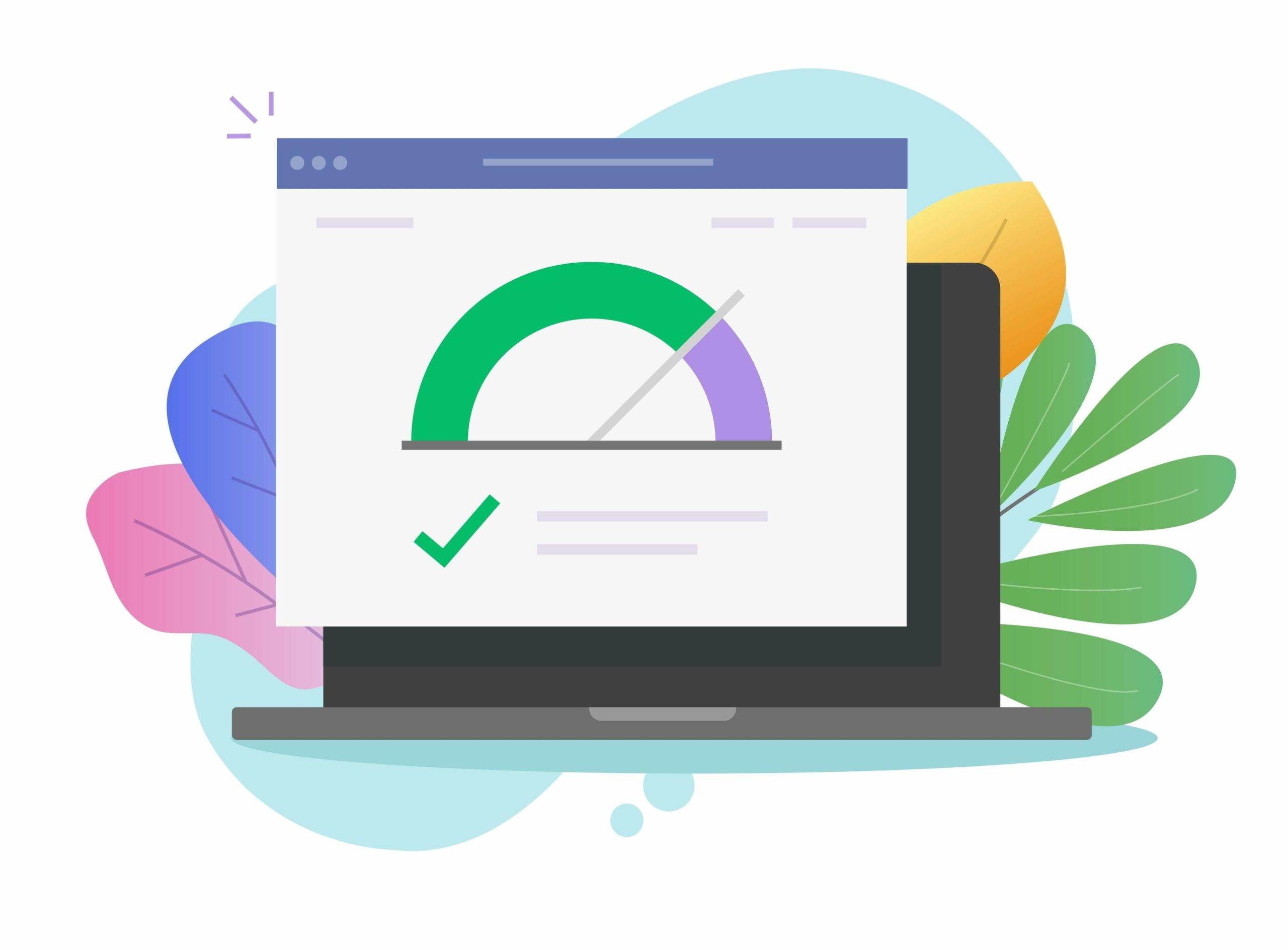SEO rankings are crucial for businesses due to their significant impact on visibility and web traffic. High rankings in search engine results lead to increased visibility, often translating into more traffic to a website. Most users click on top search results, driving organic traffic to these sites. Additionally, websites that rank higher are often perceived as more credible and trustworthy by users, enhancing the business's reputation.
Search engine optimisation also provides a competitive edge and is cost-effective in the long term. Ranking higher than competitors can attract more customers searching for specific products or services, giving businesses an advantage in their industry. Once a high ranking is achieved, it can be maintained with relatively low ongoing costs compared to traditional advertising.
Lastly, SEO offers valuable market insights and mainly benefits local engagement. Businesses can gain insights into customer behaviour through analytics, such as preferred keywords, geographical locations, and engagement patterns. Local SEO is crucial for local companies as it drives traffic to their website and physical location.
However, SEO effectiveness can vary based on the business type, industry competitiveness, and the quality of SEO strategy implementation, requiring continuous optimisation and adaptation to changing search engine algorithms and user behaviours.
Many factors influence SEO rankings, but it generally comes down to two main components. First is technical SEO, which includes website speed, mobile optimisation, proper HTML tags and website structure.
The second is content. Unique, high-quality and relevant content is essential for getting high rankings. The content should also have targeted keywords.
Optimising these two broad categories is essential for better SEO performance. If you're looking for ways to improve your rankings, here are 10 tips you may find helpful:
Improve website speed

Site speed is a ranking factor for Google and other search engines. Faster load times improve user experience and lead to lower bounce rates.Try these tricks to improve your website speed:
- Optimise images: Compress and resize images to make them smaller. Use tools like TinyPNG or Squoosh to optimise images.
- Minify CSS/JS: Minifying removes extra spaces and characters to make files smaller without changing functionality. Use a minifier tool or plugin like CSSNano or Terser.
- Enable compression: Compression reduces file sizes for faster transfers. Use gzip or brotli compression through a web server like Nginx.
- Use a CDN: A content delivery network or CDN stores cached versions globally for faster delivery. Try Cloudflare, Akamai, Amazon CloudFront.
- Reduce redirects: Redirects force extra network requests and try to minimise them. Use efficient link structures and avoid multiple redirects.
- Remove unused code: Clean up bloated code and new libraries, plugins, and templates cluttering requests. Conduct audits to remove what's not critical.
- Optimise databases/queries: Fine-tune databases, efficient queries and caching to minimise database load. Use tools like MySQLTuner or query optimisation.
- Upgrade hosting: Faster server connectivity and computing resources equal faster load times. Switch to better infrastructure as needed.
For example, you could minify CSS and JavaScript files and enable browser caching using a plugin like WP Rocket. You can also compress all images, which helps pages load in under two seconds. Aim for load times under two to three seconds on mobile and desktop. The faster the site, the better.The key is analysing to find speed bottlenecks and then optimising those areas to improve specific issues. Testing speed with PageSpeed, Lighthouse or WebPageTest can help target optimisations.
Create a mobile-responsive website
With more and more people searching on phones and tablets, having a mobile-responsive website is extremely important. Here are some ways to optimise your website for mobile users:- Adopt a mobile-first approach throughout. Ensure a mobile responsive design first, then progressively enhance it for the desktop. Your site must have a responsive design that adapts to different screen sizes. Use flexible layouts, grids, and CSS media queries and test on various mobile devices.
- Minify resources like CSS, JavaScript, and HTML to reduce file sizes and load faster on slower connections. Enable compression, too.
- Size images appropriately. Use smaller resolution images for mobile. Leverage browser caching to minimise requests.
- Simplify navigation by using fixed headers and hamburger menus that expand on taps. Ensure buttons and links have touch-friendly spacing.
- Set the viewport meta tag to scale the width for the device appropriately. Optimise text for reading on smaller screens.
- Implement Accelerated Mobile Pages (AMP) or Apple News Publisher to enhance speed.
Remember, testing regularly on real devices and networks is vital to keeping your website mobile optimised. Furthermore, you must optimise critical rendering path elements for the most significant perceived gains.Include target keywords naturally
Extensive keyword research should be done to find keywords your target audience is searching for. Once you identify low-competition but high-traffic keywords, include them appropriately throughout your content.Here are some tips for including target keywords naturally on a website:
- Focus on creating valuable, relevant content.
- Research your target keywords and related terms. Brainstorm all the variations and semantics around a theme.
- Incorporate keywords within headings and subheadings. These have greater weight and prominence.
- Use keywords naturally in the opening and closing paragraphs of content. It reinforces their relevance.
- Include keywords in image file names, alt text and caption copy. It helps search visibility.
- Create helpful, keyword-rich meta descriptions to represent pages in search snippets.
- Use keywords in contextual links and calls to action within the content flow.
- Reinforce semantics with relevant related terms and synonym phrases. Vary usage rather than stuffing the same term.
Aside from the above, it would be best if you also observed your competitors. Analyse their high-ranking content and emulate their natural inclusion of keywords in the copy. Lastly, check that usage makes sense to readers first. Avoid over-optimisation just for algorithms if it ruins the user experience.Here's a practical example: In your camping blog, you can optimise an article on "best campsites in Vermont" around that primary phrase while including related long-tail key phrases, like "northern Vermont campground reviews".
The key is crafting content around the actual needs of visitors first while working on strategic keywords. This balance helps search engines understand relevance. Monitor usage rates and refine approaches over time.
Create unique title tags
The title tag appears as the clickable link on search engine results pages. It's the first thing users see and greatly influences click-through rates. Read below to learn how you can create practical and unique title tags for web pages:- Keep it concise: Titles should be less than 60 characters, including spaces. Keep them short and impactful.
- Start with your target keyword: Begin title tags with the page's most essential and relevant keyword. It signals search engines about relevancy.
- Include branding: Add your brand name, trademark or site name after the keyword to make identification easier.
- Describe the page: Summarise the page and its benefit or purpose after the brand name.
- Create compelling call-to-action copy: Add action-driving language like "Guide", "Tips", "Tools", etc.
- Use hooks: Incorporate numbers, questions, and creative hooks after crucial information to capture attention.
- Uniqueness: Title tags should be distinct across site pages. Avoid using a single template title across all pages.
The optimal title length and structure can vary per niche, but focus on concise, unique descriptions that drive action and fit brand style. Use analytics to optimise based on performance.Improve URL structure with slugs
Google and other search engines factor URL structure into rankings. Creating short, clean URLs improves click-through rates. Include your target keywords in the slug, the last section of a URL. For example, "mysite.com/black-leather-jackets".Use hyphens instead of underscores to separate words. Don't use unnecessary parameters or random strings of numbers/letters.
Optimise images
Images can improve user experience and SEO if optimised correctly. You must ensure all images have descriptive file names and alt text incorporating target keywords.Here are other ways to optimise images for your page;
- Use keywords in the image title tag.
- Compress images to improve load times.
- Use tools like Kraken.io to optimise and compress.
- Provide large images for slideshows or gallery-focused sites to encourage sharing on social media.

Image optimisation will be helpful for restaurant websites or food blogs, where mouth-watering food images make up a considerable part of the pages. In this scenario, you must always include optimised alt text and compressed images under 100kb in size. Then, it would help to have image tools such as Squoosh for quick compression.
Improve site structure
A clear internal linking structure helps search engines crawl your site and value individual pages. Here are five ways you can effectively improve your website structure:- Logical information architecture: Organise pages and content logically based on topics and user goals. Group related information into clear category sections. It helps users find information more quickly.
- Intuitive navigation menus: Set up an easy-to-use main nav menu that links to key sections and pages. Keep main nav links under eight options and use clear labels that make sense to visitors. It simplifies site navigation.
- Useful breadcrumb trails: Add contextual site path breadcrumbs like "Home > Products > Headphones". These breadcrumbs help with path disclosure so that users can understand their location. It also assists navigation to parent or sibling pages.
- Consistent layouts and UI elements: Use the same page structure, headings, buttons and call-to-actions across site section pages. It oosts usability through familiarity as users know what to expect and where to look.
Besides the above, you must also craft descriptive, keyword-rich page titles that summarise the topic and purpose of each page. Good titles improve click-throughs from search listings and aid internal navigation.Improving website information architecture, navigation systems, consistency and page optimisation are key areas that make a site more usable and discoverable. These translate into higher conversions and retention.
Create engaging content
The best way to improve SEO rankings over time is to publish high-quality content consistently. Valuable, insightful and engaging content earns links, social shares, increased dwell time and lower bounce rates.Focus on addressing search intent for each piece of content. Then, be prepared to answer your ideal buyers' questions at various stages of their journey. Mix buyer-focused, educational content with commercial intent as well.
Get backlinks
Google values quality backlinks pointing to your site as votes of confidence, so link-building should be a core part of your strategy.
Here are some ways you can get quality backlinks:
- Create compelling content: By producing valuable, persuasive content in blogs, videos, and social media posts, you can drive natural links. People who find your content useful and relevant are more likely to link to it. Provide clear calls to action for people to link to your content.
- Outreach to influencers: Build relationships with influencers in your niche by engaging in insightful conversations on social media and other digital channels. Provide something of value, like exclusive content or insights, before you request links or mentions from significant players in your field. It helps earn high-quality links.
- Guest blog on authority sites: Reaching out to big sites in your industry and offering a unique, high-quality guest post can get you editorial links from trusted domains. Ensure you write stellar content that is fine-tuned to each publication's requirements.
- Get featured in media/podcasts: Pitch to digital media publications and podcasts that discuss topics relevant to your content and business. You can secure valuable attribution links by getting interviews, expert quotes, or case studies featured on popular external sites.
- Build community relationships: Become an active member, sharing helpful advice and participating in forums, groups and communities related to your niche. Earning trust triggers more referral traffic and links. Hosting outreach contests and social campaigns also spurs community links.
The goal is to secure editorial links and branded anchor text mentions from diverse high-authority domains over time. Balancing link building with creating epic on-site content is critical for lasting results.Overall, ongoing optimisation is vital to sustaining higher SEO rankings in the long term. Thus, you must continually iterate and test new strategies as the landscape evolves.
Conclusion
You can improve your SEO rankings with the right keywords, content, backlinks, and technical optimisations. While boosting your rankings takes consistency and effort over a period, the long-term payoff is well worth it. Furthermore, focusing on value and intent first will be wiser than chasing vanity metrics.
Create content for users over algorithms and trust that the results will follow. Lastly, keep iterating and testing new strategies while tracking your keyword progress. SEO is constantly evolving, so being agile in your approach is vital.
